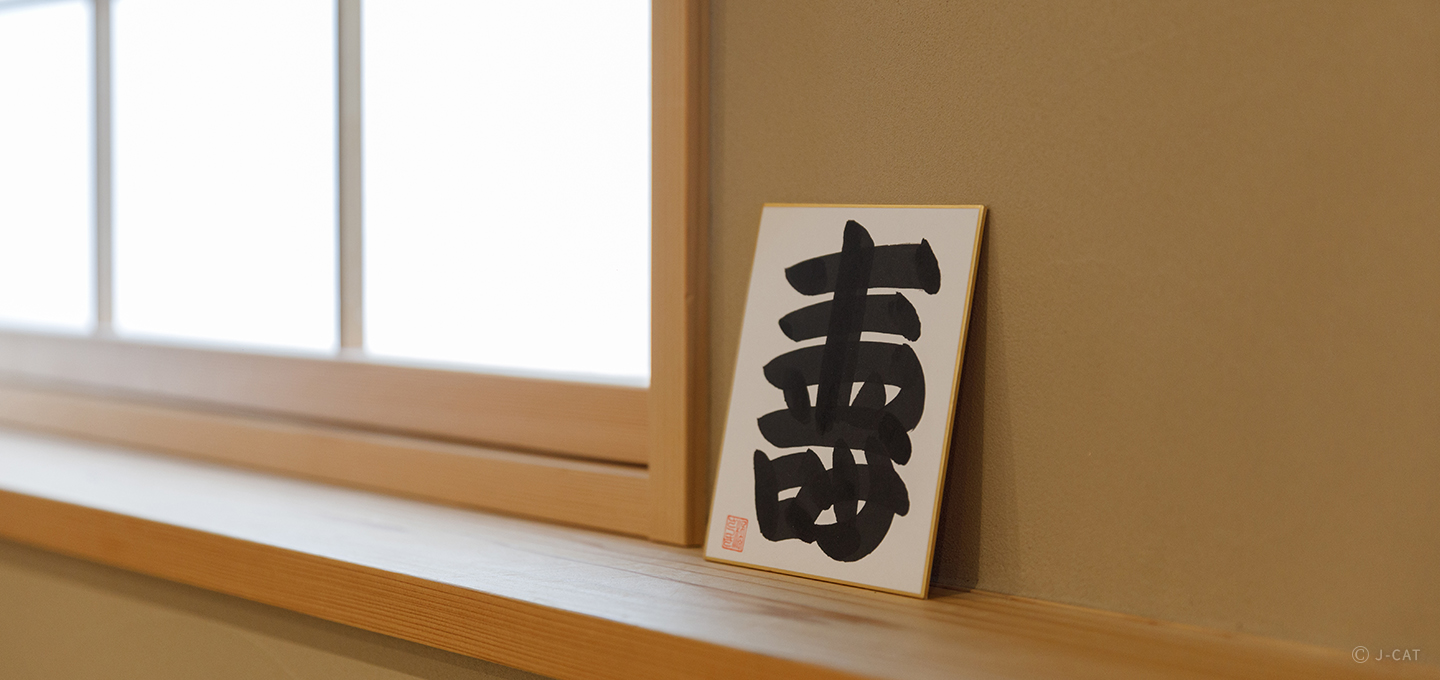
Special Experience
Tokyo
Explore Yose-moji Calligraphy with an Artisan & Take Home their Authentic Artwork
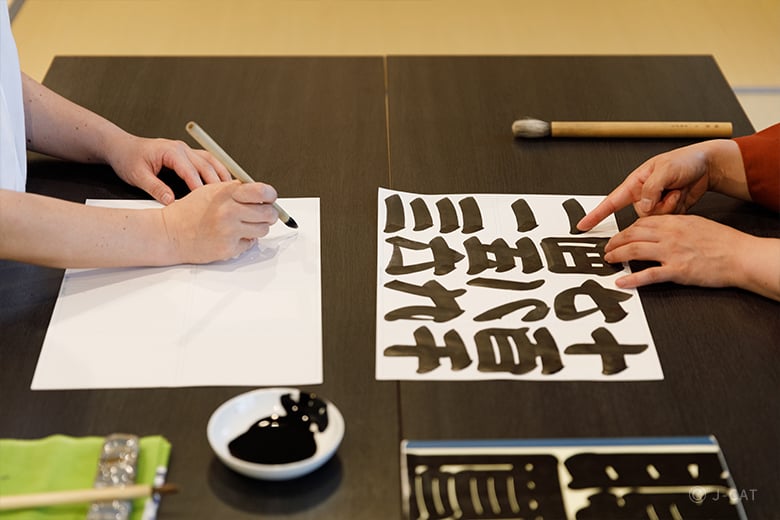
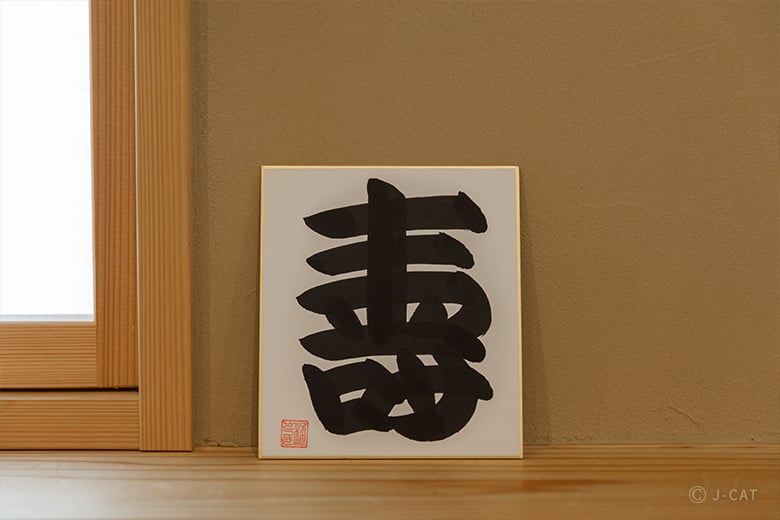
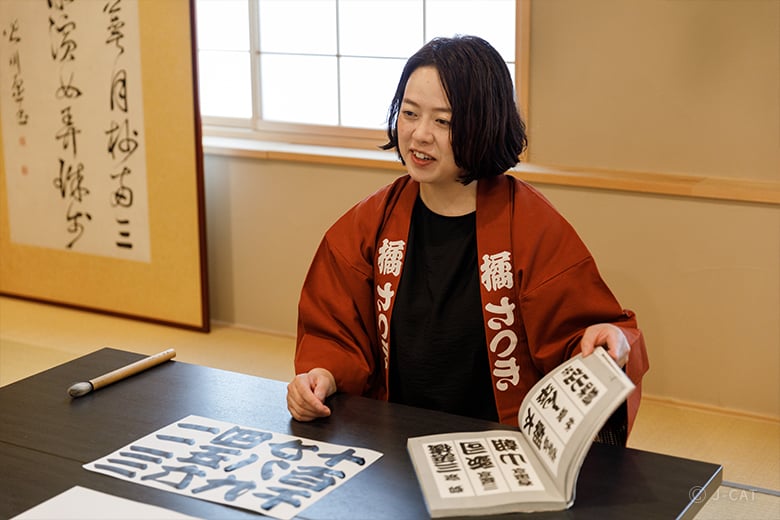
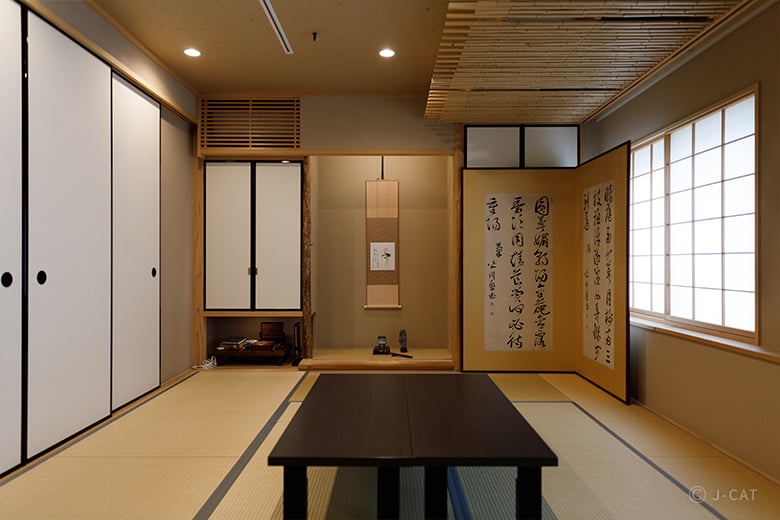
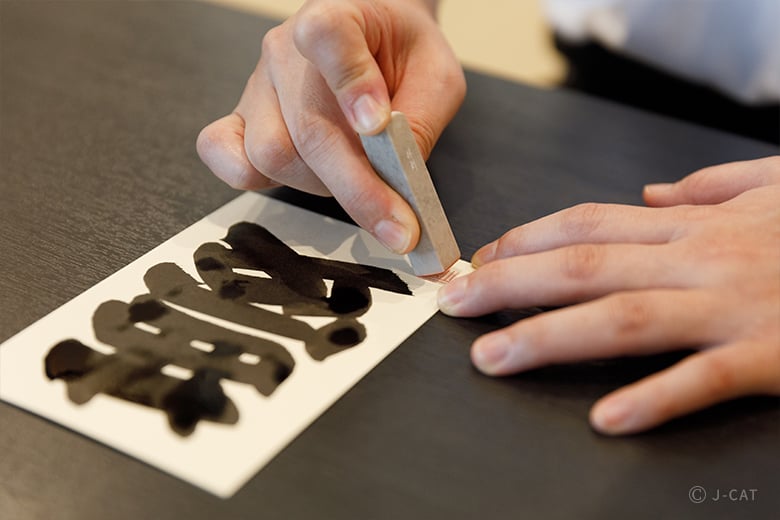
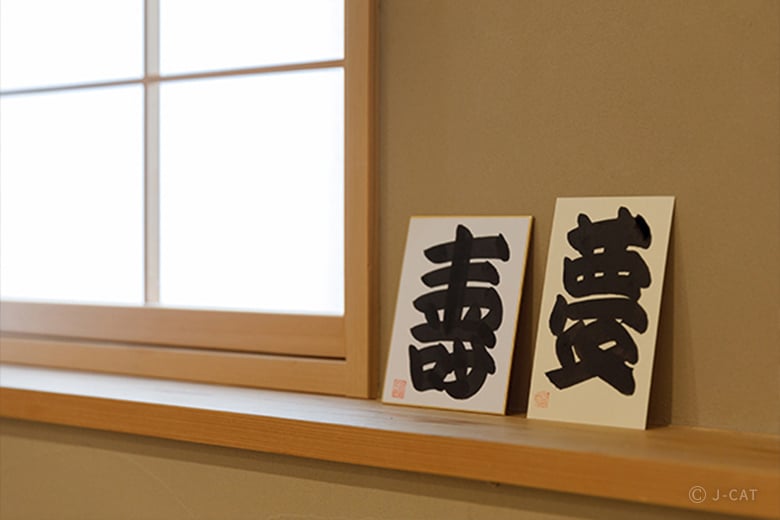
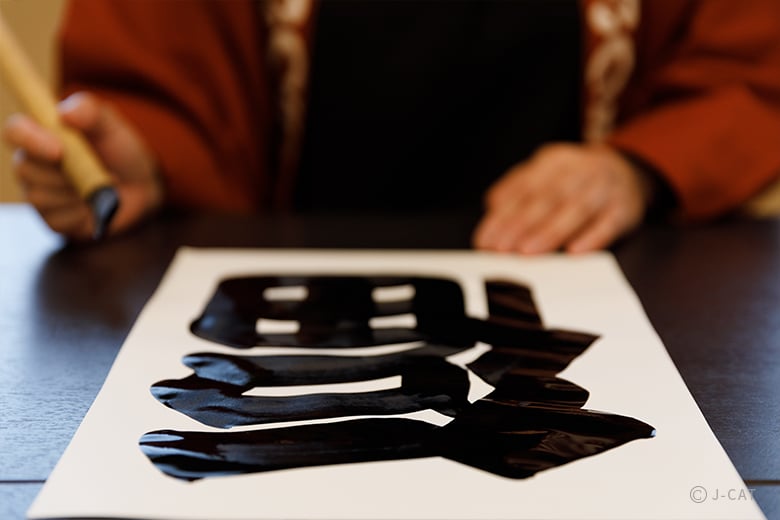
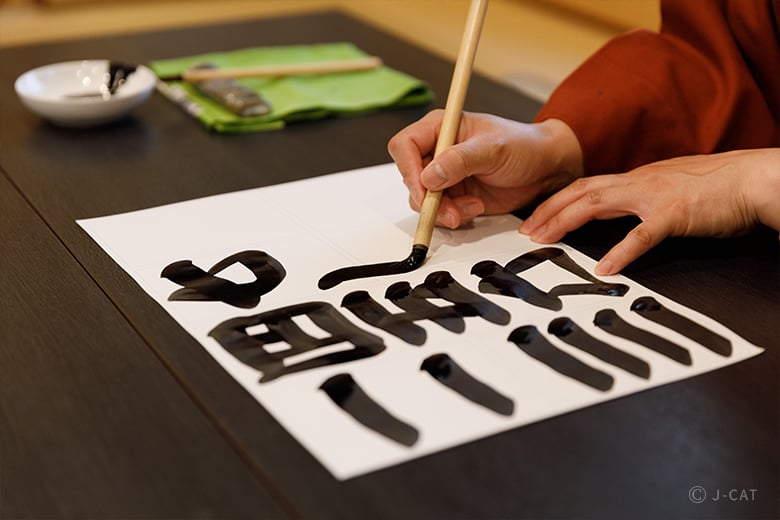
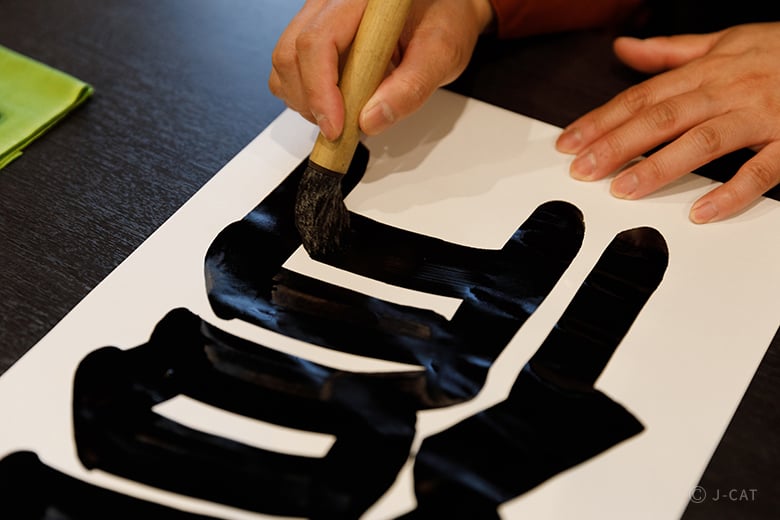
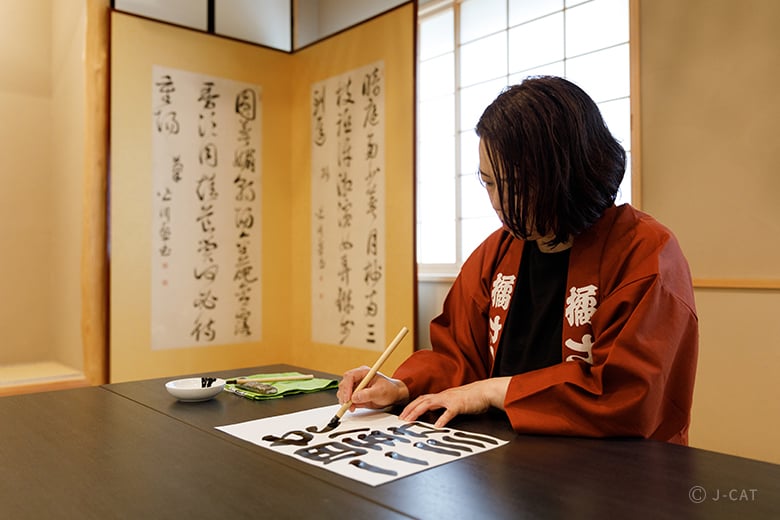
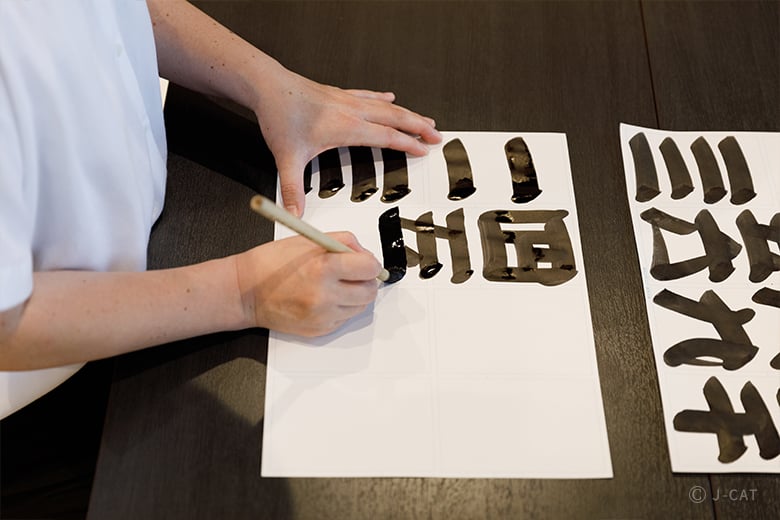
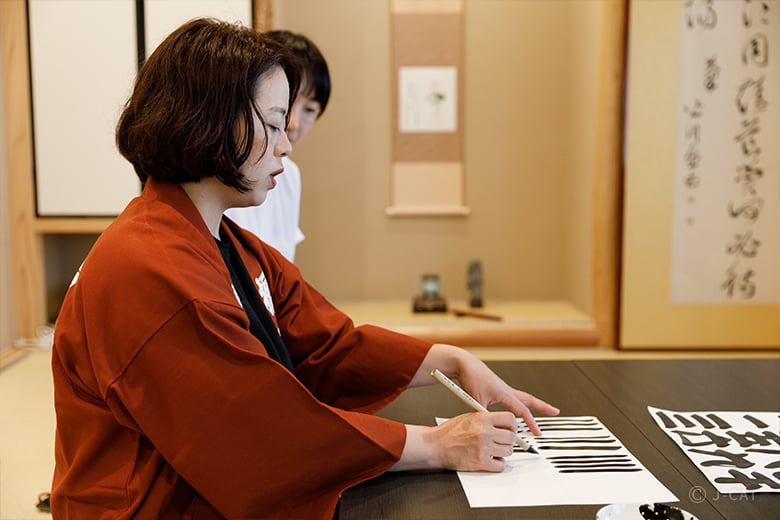
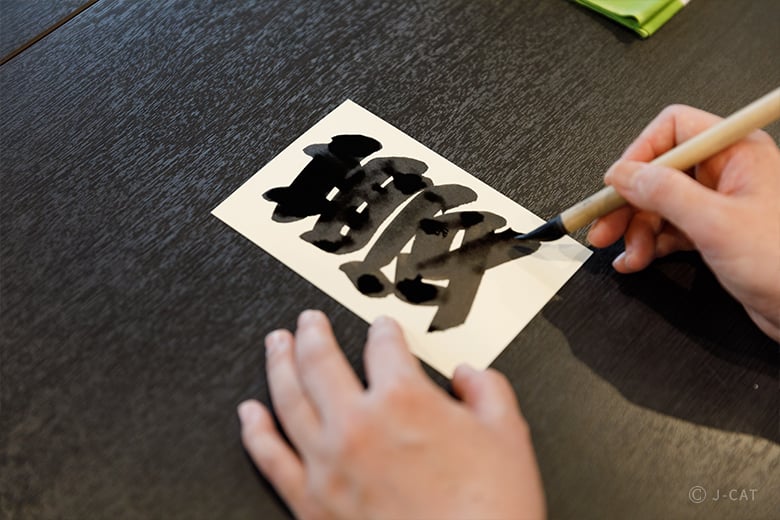
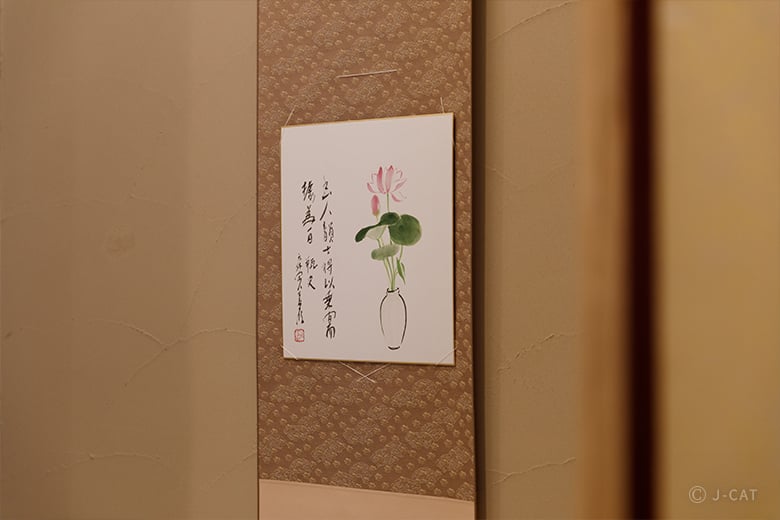
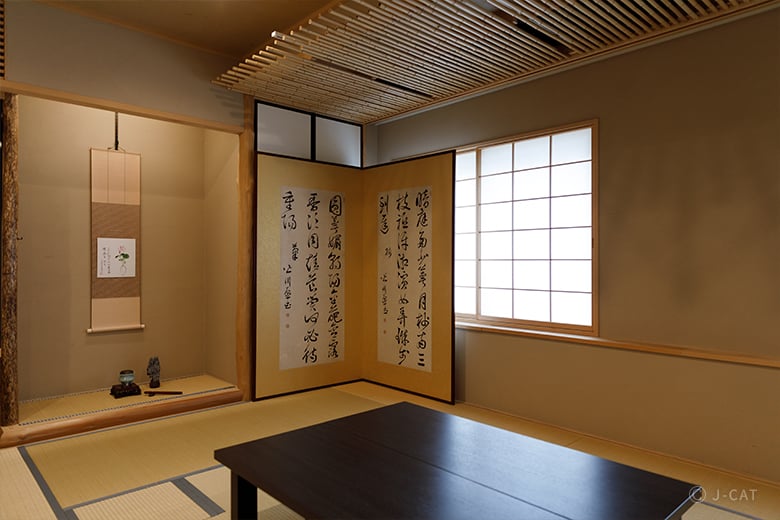
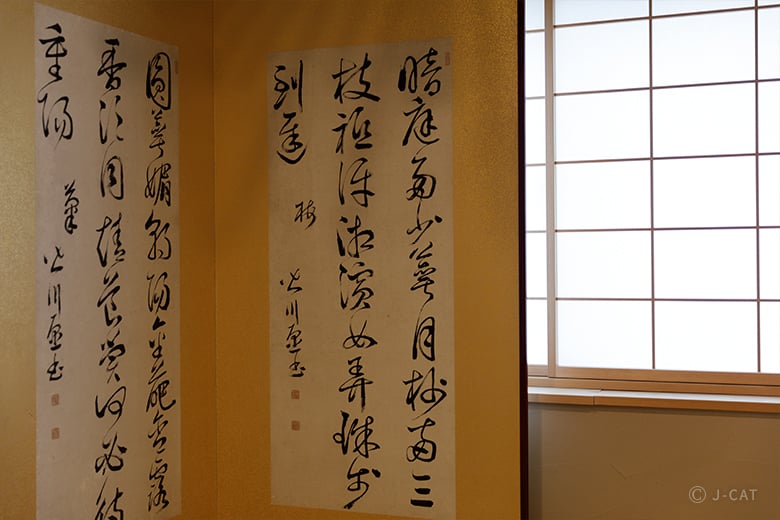
















Overview
Yose-moji, a calligraphy style used for posters in yose (storytelling theaters) expressing wishes for a "full house," originated from bira-ji, a writing style for advertisements from the Edo period (1603-1868). Explore its history and features with Satsuki Tachibana, a yose-moji artisan. After learning the basics of its unique brushwork, you will get to create your own masterpiece with characters of your choice.
Key Features
・Instructor Satsuki Tachibana, of the Tachibana school of yose-moji, offers beginner-friendly guidance, simplifying the origins and traits of this unique calligraphy style
・Write yose-moji, or lucky characters, on high quality paperboard or postcards
・At the end of the experience, Satsuki Tachibana will write a kanji of your choosing on paperboard for you to take home
Tokyo
90mins
from ¥25,000 /person
1 - 6 participants
Available in English
Cancel free up to 11 days prior
Details
Special Japanese Typefaces Evolved from Bira-ji, Rooted in the Edo Period
Sharikimon Street in Arakicho, near Shinjuku, is lined with chic specialty stores while retaining the atmosphere of its former days as a geisha district. Tucked away in one of its tranquil alleys is Onnoza, a Japanese cultural sanctuary. This Wabunka-only experience offers the chance to reserve the tatami room at Onnoza, a café by day and an invitation-only bar by night, to delve into the art of yose-moji. A unique calligraphy style featured on yose (storytelling theater) signboards, yose-moji originated from the bira-ji typeface used during the Edo period (1603-1868) for promotional posters and flyers.

Discover the art of yose-moji, auspicious traditional characters, in Onnoza's tatami room
Ukon Tachibana, the head of the Tachibana school of yose-moji, originally started as a rakugo (comic storyteller) and had a deep familiarity with bira-ji. His love and fascination for letters led him to master the technique through observation. Ukon refined this art by structuring a more methodical writing approach and establishing rules, resulting in the yose-moji that endures today. Presently, the Tachibana school remains the only legitimate guardian of yose-moji. In this workshop, Satsuki Tachibana, a skilled yose-moji artisan affiliated with the Tachibana school, will be your instructor.

Satsuki Tachibana says that all the basic strokes of yose-moji are contained in the kanji characters 1 through 9
Satsuki's introduction to rakugo came at an event she attended while working for a printing company. This sparked her interest, leading her to regularly attend yose and rakugo performances. Subsequently, she enrolled in Tokyo Arakawa Ward’s "Artisan Training Project," studying under the mentorship of Ukitsu Tachibana. In 2017, she was named "Satsuki," derived from Ukitsu Tachibana's "kitsu" character, officially joining the Tachibana school's lineage of yose-moji artisans. Today, she actively expands her role within the yose-moji artisan community.

Satsuki Tachibana, a yose-moji artisan. In the words of her master, Ukitsu Tachibana: "Writing yose-moji is much like drawing a picture."
"While there's a standard style, each person's individuality shines through in the energy of their brushstrokes and the angle of the upstrokes," Satsuki explains. Her writing mirrors her cheerful personality, embodying both strength and softness.
A Tranquil Moment Surrounded by the Scent of Indian (Sumi) Ink
Upon entering the tatami room, a faint scent of sumi ink wafts through the air. Satsuki first introduces the traits of yose-moji, demonstrating with bold yet meticulous brushwork. "I apply a generous amount of ink and write boldly, using the base of the brush," she explains. Her brushstrokes are careful yet bold, striking a perfect balance between tension and a relaxed ambiance.

The trick is to write with the belly of the brush, with the base of the brush attached to the paper, in order to achieve the thickness that is typical of yose-moji
Yose-moji belongs to the traditional category of edo-moji alongside kantei-ryu (kabuki characters), negishi-ryu (sumo characters), and senja-moji. Though bearing similarities, each embodies unique characteristics that unveil distinct worlds upon closer inspection. Yose-moji features gentle, flowing lines, yet its beauty lies in the deliberate treatment of spacing with crisp tome and hane strokes. The upward strokes on the right side signify a wish for thriving business—hoping for fuller seats, more prosperity today than yesterday, and even greater success tomorrow.

The best part of the show is being able to see an artisan’s demonstration up close
Yose-moji Experience Using Traditional Tools
After Satsuki’s demonstration, it is your turn to pick up a brush. You will delve into yose-moji using a specially crafted short-tip brush. Start by practicing fundamental brushstrokes—like horizontal and vertical lines—and progress to kanji (Chinese characters) 1 through 9, referencing models written by Satsuki. Interestingly, while calligraphy discourages rewriting, yose-moji values the beauty of the final outcome, so adjustments and additional strokes for enhancement are encouraged.

Yose-moji are often unique not only in shape but also in stroke order
Chinese numerals 1 through 9 contain all the basic strokes of yose-moji—tome (stop), hane (flick), and harai (sweep)," explains Satsuki. Once you grasp this foundation, it becomes applicable to writing various characters. Writing by hand allows you to feel the unique structure of each character, fostering deeper interest. “The joy of writing comes from the simultaneous engagement of thought and movement—the thrill of thinking while your hands are in full swing,” she explains.

Satsuki also provides a helpful tip: "Twist the brush in the direction you intend to move it as soon as it touches the paper for a clean, smooth line"
Putting Thought into a Single Letter
At the end of the workshop, you can select a favorite character as inspiration and craft your own artwork. Satsuki will propose several auspicious characters for you to choose from. Given yose-moji’s association with good fortune, picking positively themed characters like "fortune (幸)" or "dream (夢)" is suggested. If a character appears complex, do not fret—Satsuki will demonstrate how it is written on the spot. Should you encounter difficulty with a specific aspect, practice it diligently on the provided paper before finalizing your creation. When creating your actual artwork, you will write on paperboard or postcards, feeling the anticipation as you progress, recalling what you have learned with each stroke.

Stamping your work will add a polished finishing touch
Once your piece is finished, Satsuki will create an artwork for you. After you have selected your preferred kanji character from several options such as "happiness(壽)","luck(福)" and "dream(夢)", she will hand write the character on a paperboard. The piece is considered complete after she stamps it with her seal, and the completed artwork becomes a keepsake from the day's experience, which you can take home. Display it at home; observing it daily might just bring forth the auspicious vibes embedded in these lucky characters.

Yose-moji, which were once said to be powerful in attracting customers, are auspicious because they make their presence felt wherever they are displayed
Integrating Yose-moji into Contemporary Living
In recent years, yose-moji are being used more and more outside of yose theaters. They are also used to celebrate the opening of a new restaurant or a banquet, and are often given as a gift on a piece of paperboard as a symbol of good luck.
The elegant world of bira-ji, which originated in the Edo era and evolved into yose-moji, showcases the ingenuity of past artists in crafting beautiful and appealing characters. The dedication of artisans striving to preserve these traditions deeply resonates. Why not visit the serene Onnoza tatami room, clear your mind, put brush to paper, and savor the richness of this experience?
Satsuki Tachibana, Yose-moji Artisan

Satsuki Tachibana, Yose-moji Artisan
After graduating in art history and joining a printing company, Satsuki found herself drawn to attending yose and rakugo events as a hobby. During one of these gatherings, she took part in a yose-moji workshop, igniting her fascination with this art form.
In 2011, through Arakawa Ward's Artisan Training Project, she apprenticed under Ukitsu Tachibana. By 2017, she was officially recognized within the Tachibana school's yose-moji artisan lineage. She now hosts experience workshops and actively works to promote the appreciation of yose-moji.
Customer's Voice
It was outstanding!
S.B. United States
Great workshop, good teaching and excellent translation and service. Great environment.
J.S. United Kingdom
Location
Onnoza
Shinjuku Ward, Tokyo
Request for booking
Select first preferred date (JST)
December 2025
Sun
Mon
Tue
Wed
Thu
Fri
Sat

Instant Booking

Request Booking

17
Full

17
Unavailable
Tokyo
90mins
from ¥25,000 /person
1 - 6 participants
Available in English
Cancel free up to 11 days prior
Things to know
Contact Us
If you have any questions, please contact us using the form below.
We also accept bookings from corporate clients and travel agencies.